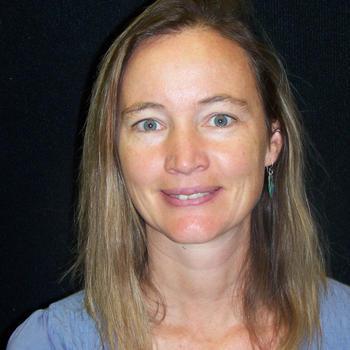Summary
This report combines different perspectives--farmers, researchers, and food system stakeholders across statewide and sub-regional scales--to shed light on what is needed to enhance organic agriculture in Oregon. Some recommendations are very specific, and others are classic challenges that need ongoing effort.


